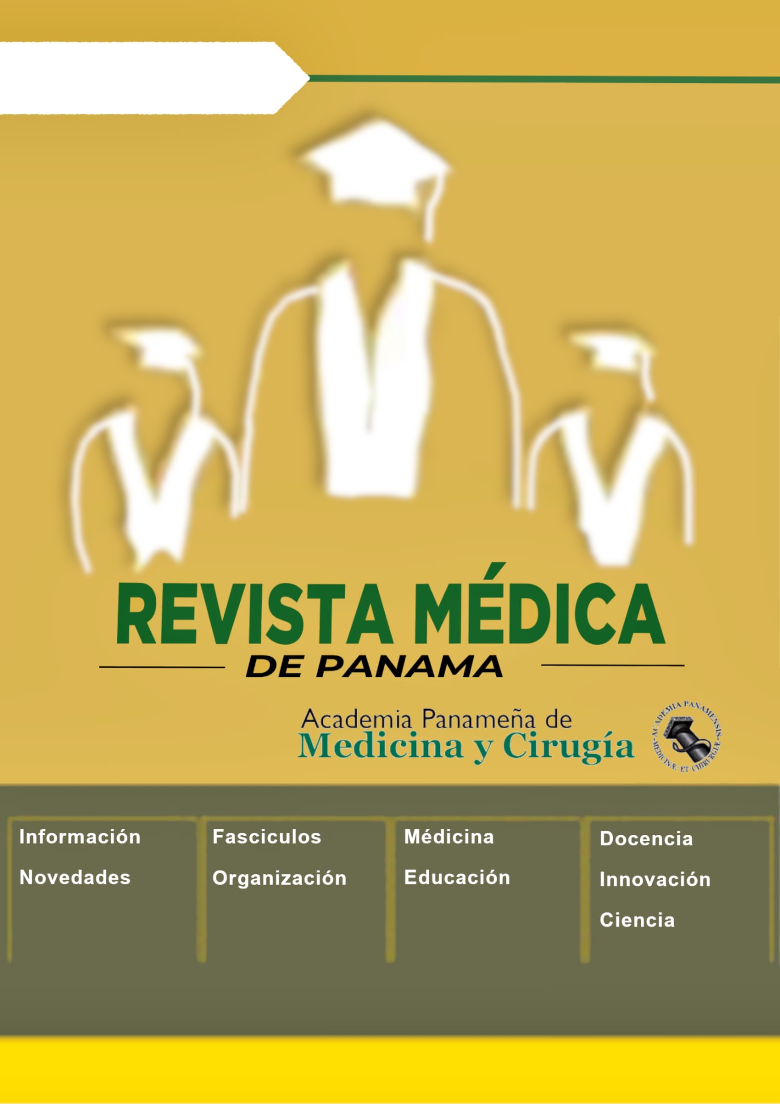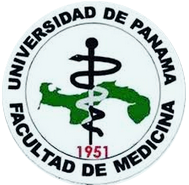Factores sociodemográficos asociados al cumplimiento de medidas preventivas durante la pandemia de COVID-19 en Panamá

Autores/as
DOI:
https://doi.org/10.37980/im.journal.rmdp.20242367Palabras clave:
medidas preventivas, Panamá, COVID-19Resumen
Introducción. Al inicio de la pandemia, mientras se conocía más sobre COVID-19, cada país fue implementando medidas preventivas de manera progresiva, ocasionando diferencias en su impacto y cumplimiento. Este estudio pretende evaluar el cumplimiento y factores sociodemográficos asociados a cuatro medidas preventivas no farmacológicas anunciadas en Panamá. Métodos. Estudio transversal realizado entre junio y julio 2020. Se describieron frecuencias absolutas y relativas, se realizó la prueba Chi cuadrado para evaluar asociación y riesgo entre los potenciales factores a través del Odds Ratio (OR), con p < 0.05 como umbral significativo, y la V de Cramer. Resultados: Se incluyeron 3484 participantes. El nivel educativo bajo fue factor de riesgo de incumplimiento de las cuatro medidas preventivas estudiadas. El nivel de ingresos bajo fue factor de riesgo para incumplimiento del uso de mascarilla (OR = 2.0; 95% IC = 1.6-2.5) y lavado de manos (OR = 1.6; 95% IC = 1.3-2.0). Ser masculino fue factor de riesgo para no lavarse las manos (OR = 1.5; 95% IC = 1.3-1.9). Conclusiones: Aunque la mayoría cumplió con las medidas preventivas, el incumplimiento en el uso de mascarillas y lavado de manos, ambos asociados a nivel educativo y de ingresos bajos, se debieron probablemente a falta de educación en salud y dificultad de acceso a mascarillas y agua limpia. Se necesitan estudios en diferentes ámbitos y de mayor complejidad para enfocar las estrategias de prevención a las propias necesidades de cada región y afrontar mejor las próximas epidemias.
Publicado
Número
Sección
Licencia
Derechos de autor 2024 Infomedic Intl.Derechos autoriales y de reproducibilidad. La Revista Médica de Panama es un ente académico, sin fines de lucro, que forma parte de la Academia Panameña de Medicina y Cirugía. Sus publicaciones son de tipo acceso gratuito de su contenido para uso individual y académico, sin restricción. Los derechos autoriales de cada artículo son retenidos por sus autores. Al Publicar en la Revista, el autor otorga Licencia permanente, exclusiva, e irrevocable a la Sociedad para la edición del manuscrito, y otorga a la empresa editorial, Infomedic International Licencia de uso de distribución, indexación y comercial exclusiva, permanente e irrevocable de su contenido y para la generación de productos y servicios derivados del mismo. En caso que el autor obtenga la licencia CC BY, el artículo y sus derivados son de libre acceso y distribución.










